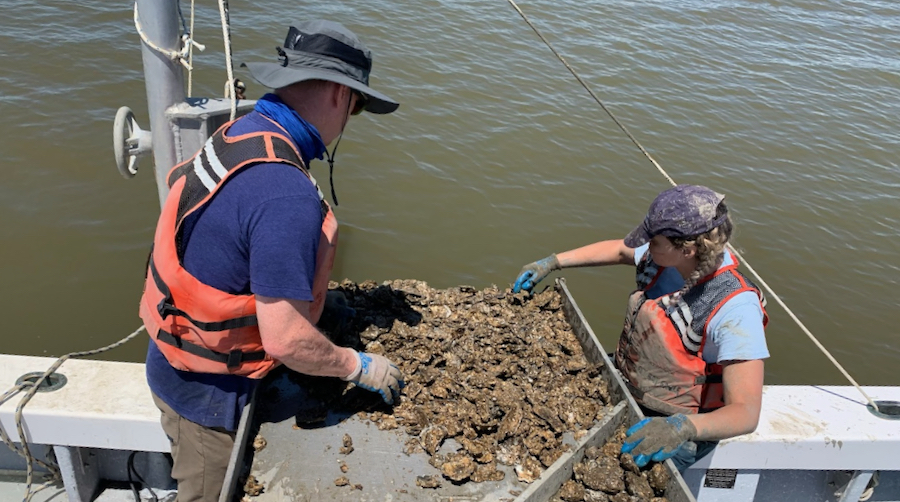A new paper in “Scientific Reports,” led by researchers at William and Mary’s Virginia Institute of Marine Science, challenges increased salinity and seawater temperatures as the established explanation for a decades-long increase in the prevalence and deadliness of a major oyster disease in the coastal waters of the mid-Atlantic.
“We present an entirely new lens through which we can view our last 35 years of oyster history in the Chesapeake Bay region,” said Dr. Ryan Carnegie, the paper’s lead author. “We now know the great intensification of Dermo disease in the 1980s wasn’t simply due to drought. It was more fundamentally due to the emergence of a new and highly virulent form of Perkinsus marinus, the parasite that causes Dermo.”
The team’s evidence suggests that transformation of this native parasite was in response to evolutionary pressures brought by the impacts of another, non-native oyster parasite known as MSX, first seen in Chesapeake Bay waters in 1959. Dermo’s rise in virul...
To view the rest of this article, you must log in. If you do not have an account with us, please subscribe here.

